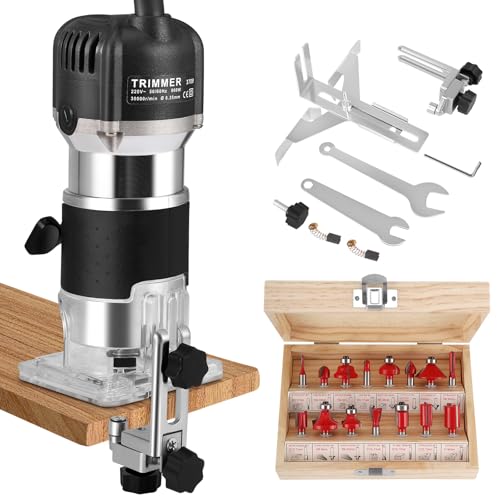TBH I'm surprised it works that well on hardwoods. Weren't they mainly sold as training planes to schools and colleges? This would probably mean they were primarily designed to work on softwoods rather than hardwoods. I can certainly remember one school I attended Which used them in the woodwork room - that was in the 1960s.
I would imagine their selling point was probably cost/price. I'd bet they could whip those out very quickly. Interestingly, they bring more in good shape than a "better" plane in the past.
I have a turn of the century montgomery ward catalogue and the stanley planes are about twice the cost or more vs. the double iron wooden beech planes here. I would imagine the cost of the casting plus the machining time plus the need for a cast iron plane to be flat and close to square as delivered (the user can't easily correct anything) is where much of the cost is. The metal frog probably isn't cheap, but there's not much to do on it compared to a larger casting.
Someone with a catalog of marples stuff could probably tell us the difference between cost of these trans planes and a typical record of the time (if marples wasn't marketing a bench plane under their own name - as in, an all cast bench plane).
In the US, stanley made malleable cast tools as well as some out of steel when it was assumed they could be dropped or easily broken. They never sold that well. The 5 1/4 was apparently the plane size of choice for kids and slight folks here. V&B also made a lot of steel planes, and they're fairly uncommon (probably because they were more expensive).
The market here was very good at keying how well something sold to its quality. For years, I've wondered why woodrough and mcparlin saws didn't sell better because they're always excellent, and the wards catalog solves the mystery. They were considerably more expensive than disston. I can't think of any other make that seems to me a step above disston in tension and crispness of the teeth. The other saws that claimed to be as good as disston generally weren't (lots of the atkins carpenter saws are floppy), and it appears the market decided something better than disston wasn't really needed if it came with extra cost.
The W&McP saws were so expensive that the typical rip or carpenter's crosscut saw cost more than the disston acme saws (which themselves cost a fair markup above and beyond the #12).
































